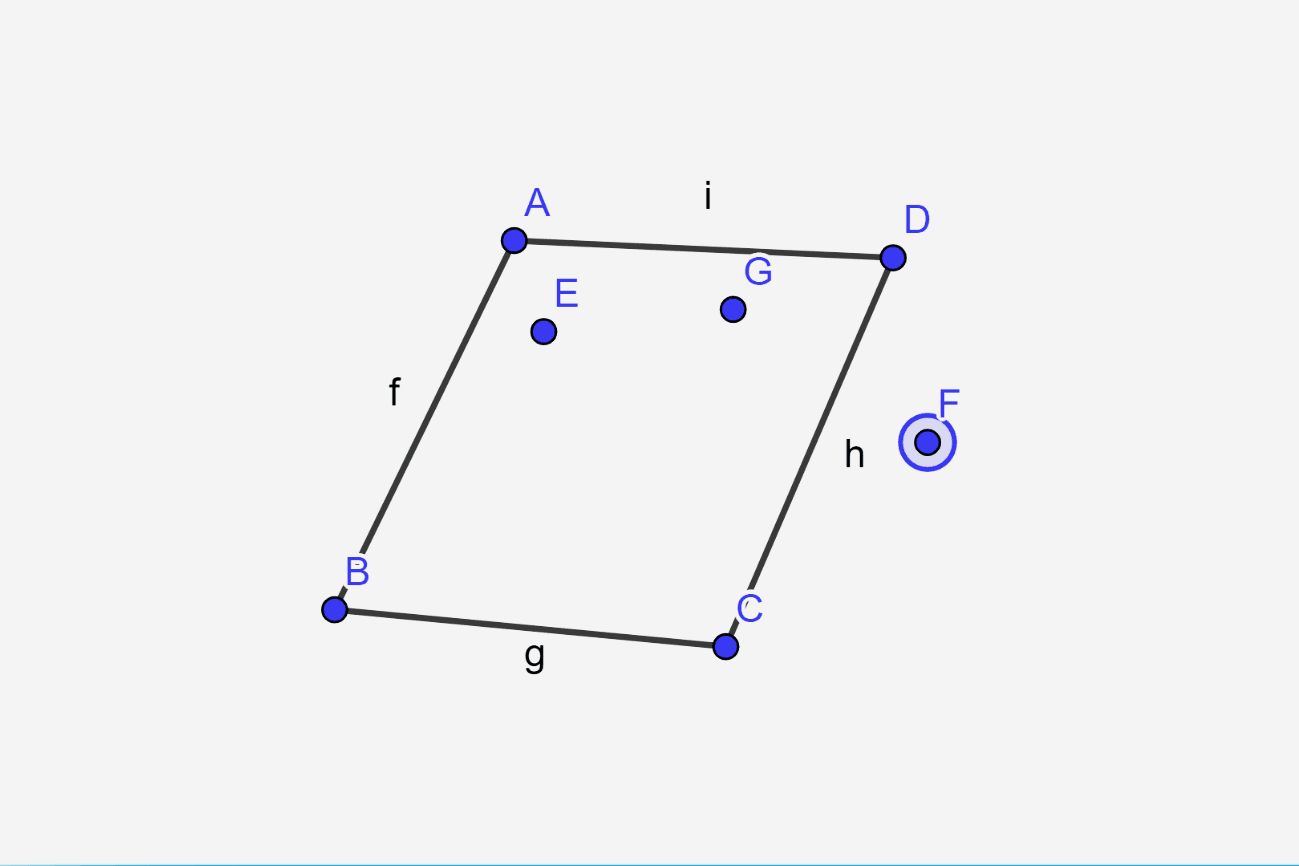
Coplanar is a term often used in geometry, but what does it really mean? In simple terms, it refers to points, lines, or shapes that lie on the same plane. Imagine a flat sheet of paper; anything you draw on it is coplanar. This concept is crucial in fields like mathematics, engineering, and even computer graphics. Understanding coplanar relationships helps in solving complex problems and designing structures. Whether you're a student, teacher, or just curious, knowing these 30 facts about coplanar will give you a clearer picture of its importance and applications. Ready to dive in? Let's get started!
What Does Coplanar Mean?
Coplanar refers to points, lines, or shapes that lie on the same plane. This concept is fundamental in geometry and helps in understanding spatial relationships.
-
Coplanar Points: Points that lie on the same plane are called coplanar points. For example, any three points in space are always coplanar.
-
Coplanar Lines: Lines that lie on the same plane are known as coplanar lines. If two lines intersect, they are coplanar.
-
Non-Coplanar: Points or lines that do not lie on the same plane are termed non-coplanar. For instance, the corners of a cube are non-coplanar.
-
Plane: A flat, two-dimensional surface extending infinitely in all directions is called a plane. Any set of coplanar points or lines lies on such a plane.
-
Collinear vs. Coplanar: Collinear points lie on the same line, while coplanar points lie on the same plane. All collinear points are coplanar, but not all coplanar points are collinear.
Applications of Coplanar Concepts
Understanding coplanar concepts is crucial in various fields like architecture, engineering, and computer graphics. Here are some practical applications:
-
Architecture: Architects use coplanar concepts to design buildings and structures, ensuring stability and aesthetic appeal.
-
Engineering: Engineers apply these principles to create mechanical parts that fit together seamlessly.
-
Computer Graphics: In 3D modeling, coplanar polygons help in rendering realistic images and animations.
-
Robotics: Robots use coplanar algorithms to navigate and interact with their environment efficiently.
-
Astronomy: Astronomers study the coplanar orbits of planets to understand celestial mechanics.
Coplanar in Mathematics
Mathematics heavily relies on the concept of coplanar points and lines. Here are some mathematical facts:
-
Euclidean Geometry: In Euclidean geometry, coplanar points and lines are fundamental concepts used to prove theorems.
-
Vector Algebra: Vectors lying on the same plane are coplanar. This property is used in vector addition and scalar multiplication.
-
Coordinate Geometry: In coordinate geometry, the equation of a plane helps determine if points or lines are coplanar.
-
Linear Algebra: Matrices and determinants can be used to check the coplanarity of vectors.
-
Graph Theory: In graph theory, planar graphs are those that can be drawn on a plane without edges crossing.
Real-World Examples of Coplanar
Coplanar concepts are not just theoretical; they appear in everyday life. Here are some real-world examples:
-
Books on a Shelf: Books aligned on a shelf are coplanar as they lie on the same flat surface.
-
Tiles on a Floor: Floor tiles are coplanar since they are laid out on the same plane.
-
Screens: The pixels on a computer or phone screen are coplanar, forming a flat display.
-
Solar Panels: Solar panels are often installed coplanar to maximize sunlight absorption.
-
Roads and Highways: Roads and highways are designed to be coplanar for smooth and safe travel.
Coplanar in Nature
Nature also exhibits coplanar arrangements. Here are some fascinating natural examples:
-
Leaves on a Tree: Leaves growing on the same branch often lie on a coplanar surface.
-
Lakes and Ponds: The water surface of lakes and ponds is coplanar, forming a flat plane.
-
Rock Layers: Sedimentary rock layers are coplanar, showing the history of geological formations.
-
Snowflakes: The intricate patterns of snowflakes are coplanar, creating symmetrical shapes.
-
Animal Tracks: Tracks left by animals on the ground are coplanar, lying on the same surface.
Fun Facts about Coplanar
Here are some fun and interesting facts about coplanar concepts that you might not know:
-
Origami: The art of paper folding, or origami, often involves creating coplanar shapes.
-
Board Games: Many board games use coplanar boards for gameplay, like chess or checkers.
-
Art: Artists use coplanar techniques to create perspective and depth in their paintings.
-
Sports: The playing fields of sports like soccer or basketball are coplanar, providing a level surface for play.
-
Puzzles: Jigsaw puzzles are coplanar, with pieces fitting together on a flat plane.
Final Thoughts on Coplanar Facts
Coplanar facts might seem like a niche topic, but they’re pretty cool once you dig in. From geometry to physics, understanding coplanar concepts helps in various fields. Knowing that coplanar points lie on the same plane can simplify complex problems, making them easier to solve.
In everyday life, this knowledge can be applied to architecture, engineering, and even art. Think about how buildings stand tall or how artists create perspective in their work. It’s all about understanding planes and how objects relate within them.
So next time you’re looking at a flat surface or trying to solve a puzzle, remember these coplanar facts. They might just make things a bit clearer. Keep exploring and learning, because the world is full of fascinating details waiting to be uncovered.
Was this page helpful?
Our commitment to delivering trustworthy and engaging content is at the heart of what we do. Each fact on our site is contributed by real users like you, bringing a wealth of diverse insights and information. To ensure the highest standards of accuracy and reliability, our dedicated editors meticulously review each submission. This process guarantees that the facts we share are not only fascinating but also credible. Trust in our commitment to quality and authenticity as you explore and learn with us.
